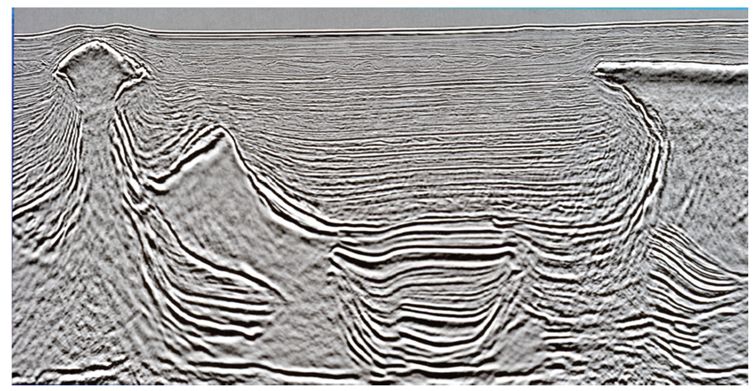We all have seen displays of seismic data in the form of sections or cubes of data. But what do they show and how are they acquired? In this course you will learn to understand that seismic data represents the movement of the surface, resulting from waves generated by a source, dynamite or vibrator, which are reflected by changes in the subsurface rocks. Hence, what we record is related to the properties of the rocks, not only rocks, but also its pore fluids. All information on the subsurface is contained in these records, but almost impossible to extract and understand. Therefor the records need to be processed to make it possible to interpret structure and content of the pore space. In this course, the basic principles of acquisition and processing will be discussed. But also, insights in advanced methods will be provided. These methods allow a much more accurate interpretation of seismic data. The aim is not to fully understand these methods, but to understand its importance in certain cases, to enable interpreters, reservoir engineers to formulate requests for these methods.
